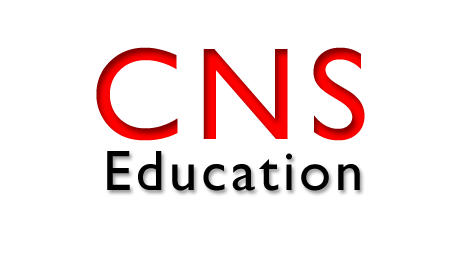COLLEGE PARK – For the first time, Prince George’s County is using student feedback to evaluate teacher performance.
At most public schools in the county, evaluations are based on reviews of classroom instruction, teacher self-assessments and goal-setting conferences between teachers and principals.
The county is piloting a new evaluation program at 38 schools this fall that uses surveys of students to grade teacher performance. The pilot is also judging teachers on their ability to set and meet goals for how much students will learn.
“The new evaluation system is more rigorous,” Deborah Sullivan, Director of Employee Performance at Prince George’s County Public Schools, said in an email.
The schools were selected at random, “to best ensure that each area of the county was represented,” she said.
“We are in the pilot year for a small sampling of teachers to experience an evaluation which includes student growth, not necessarily test scores,” Kenneth Haines, president of the Prince George’s County Educational Association, said in an email.
The evolution in teacher evaluation systems is not limited to Prince George’s County. A move by Chicago Public Schools to put more emphasis on student test scores in teacher evaluations was at the core of a seven-day teachers union strike in the city.
In 2009, D.C. Public Schools unveiled a new teacher evaluation system called IMPACT, which has led to hundreds of layoffs.
Seven counties in Maryland, including Prince George’s, began piloting new evaluation systems in 2010 that proponents said offers a more nuanced view of teacher performance beyond just reviewing lesson plans and test scores.
The pilot programs in Prince George’s, Baltimore City, Baltimore, Kent, Charles, Queen Anne’s, Kent and Saint Mary’s counties grew out of a push by Gov. Martin O’Malley in 2010 to better judge the quality of Maryland educators.
The pilot programs in each county have different criteria for evaluation.
Prior to this fall, the evaluation program in Prince George’s County included teacher self-assessments, formal classroom evaluations and goal-setting conferences between teachers and principals.
This fall, the county expanded the evaluation program at pilot schools to include student surveys and a review of each teacher’s ability to meet learning objectives. In addition to standardized test scores, teachers in the pilot will also be judged on student performance on new tests tied to specific lessons.
If this pilot in Prince George’s County is successful, administrators plan to expand it to cover all teachers at all public schools, Haines said.
Julie Randolph, a former Prince George’s County elementary school teacher of seven years, said she had “mixed feelings” on whether teacher evaluations should factor in more student test scores.
“I don’t know if [test scores] can take into account what else is in a student’s life,” she said, citing a lack of resources at home and the child’s development in previous classes.
The student learning objectives, a new component for this school year, are learning goals tailored for each subject. They are in place to measure student growth.
“When I taught fourth grade, I was supposed to teach them long division but my students didn’t know simple multiplication. Did they learn? Absolutely. But they didn’t learn grade-level skills,” Randolph said.
Ashley Peralta, a 2011 graduate of Parkdale High School in Riverdale said she thinks the changes are great, especially the addition of student perception surveys.
“It’ll benefit a lot of people, including the teachers themselves so they know where they’re at,” she said.

